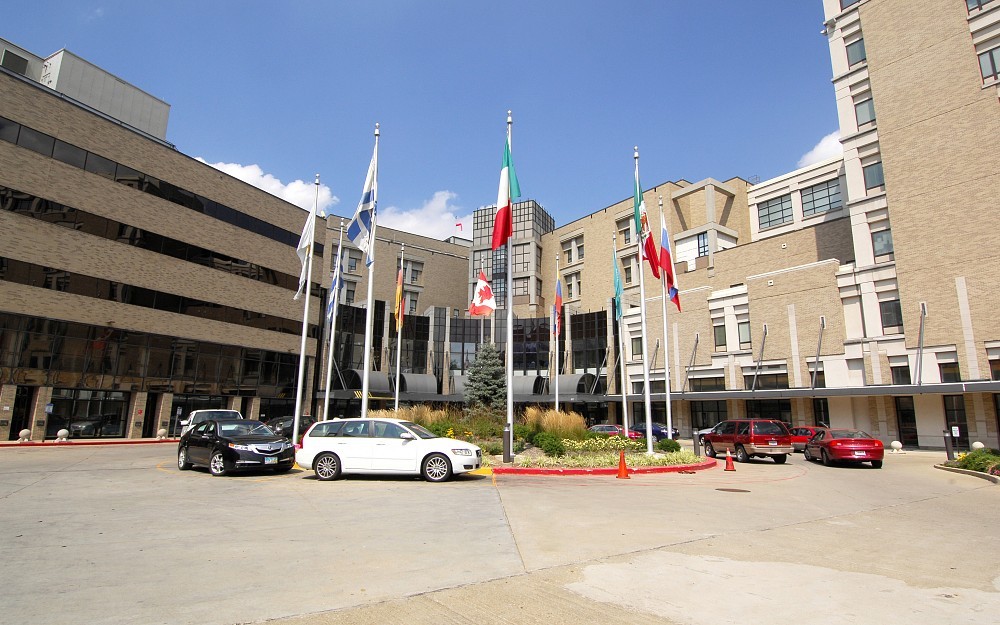
Study Identifies Sudden Death Trigger in Restrictive Cardiomyopathy
A new study to be presented at the annual meeting of the American Heart Association is believed to be the first to define how sudden death is triggered in children with restrictive cardiomyopathy.
The study shows that sudden death in children with restrictive cardiomyopathy, or RCM, can be due to heart block a slow heart rate. It was previously assumed that most instances of sudden death in children with RCM were due to rapid heart rhythms emanating from the pumping chambers of the heart.
The surprising finding "changes our practice, says Richard Czosek, MD, a pediatric cardiologist at Cincinnati Childrens Hospital Medical Center and senior author of the study. "About half of people with RCM, which is a problem involving relaxation of the heart muscle, die within two years of diagnosis, says Czosek who is also Associate Professor of Pediatrics at the University of Cincinnati College of Medicine.
"The mode of death we are seeing in our population is different than previously expected, and was associated with disorders of the conduction system that ultimately lead to heart block. We believe RCM patients diagnosed with additional conduction system disorders should be considered for implantation with ICDs (implantable cardioverter-defibrillators), which can detect both fast and slow heart rhythms allowing for prophylactic protection from both potential mechanisms for sudden death.
Dr. Czosek and his colleagues at the Cincinnati Childrens Heart Institute reviewed the records of 15 patients with RCM seen at Cincinnati Childrens between April 1994 and April 2011. Five had sudden cardiac events, and four of the five died.
Two of the deaths were precipitated by abrupt, complete heart block. Another had intermittent heart block and survived as a result of an implanted ICD. RCM is the least common cardiomyopathy, but it ultimately leads to heart failure.
When the condition becomes serious enough, it typically requires a heart transplant. While ICDs are often used in patients who are at risk of sudden death, they are also used in children as a bridge to transplant, delaying the need for transplant until a suitable heart can be located.
Other authors of the study include Jeffrey Towbin, MD, executive co-director of the Cincinnati Childrens Heart Institute, and John Lynn Jeffries, MD, director of advanced heart failure and cardiomyopathy at the Heart Institute. Lead author of the study is Mark Walsh, MD, who is now at Stollery Childrens Hospital in Edmonton.
Related Stories
How to determine if you’re at risk for adult ADHD
October 7, 2025
The University of Cincinnati's Stephen Rush was featured in a National Geographic article discussing current research into the causes and characteristics of ADHD, particularly when it is diagnosed in adults.
Are gel manicures safe?
October 6, 2025
The University of Cincinnati's Kelly Dobos was featured in a TIME article discussing the safety of gel manicures after the European Union prohibited the use of a chemical ingredient called trimethylbenzoyl diphenylphosphine oxide used in some gel nail polishes.
Pucks for Platelets exclusive event kicks off for Hoxworth donors
October 3, 2025
Hoxworth Blood Center, University of Cincinnati, is excited to announce the second annual Pucks for Platelets experience for all platelet donors.
